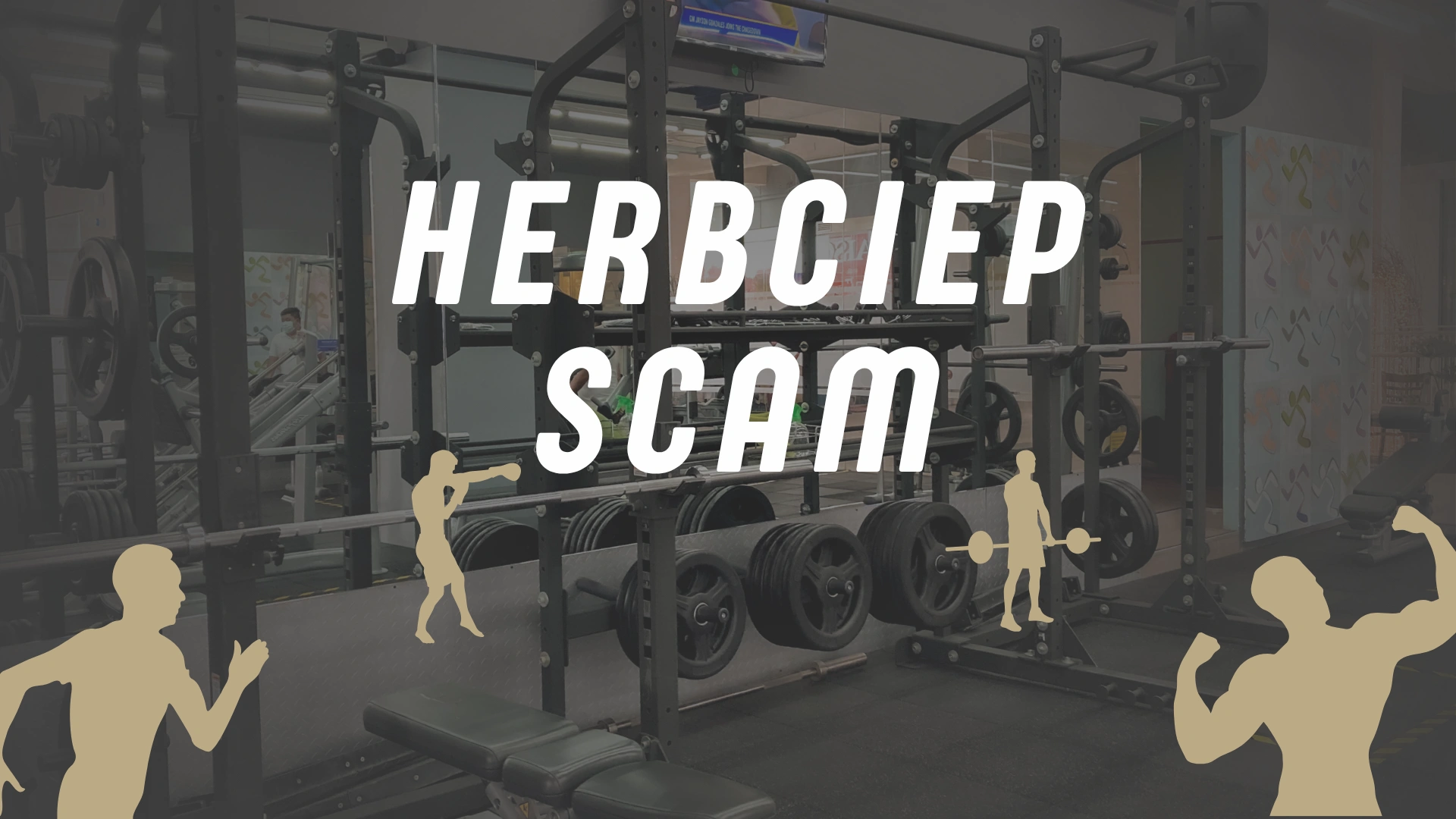Artery forceps are indispensable instruments in the operating room to crush blood vessels, help to tie off, and control bleeding. This article outlines common artery forceps utilizations and compares the curved with the straight types. These specialized designs, which incorporate an array of features and options, are used in everything from deep-tissue operations to urgent-care procedures, all of which can be performed safely and efficiently when these tools are selected and used correctly.
Key Insights:
- Artery forceps are essential for clipping vessels and arresting haemorrhage.
- The applications of the curved artery forceps are deep tissue passage and angulated control.
- Straight artery forceps applications: tubular clamp, suturing of surface
What Are Artery Forceps?
Cavendish artery forceps are medical instruments designed for temporarily clamping artery during surgical procedures. Also called hemostats, these nonlocking pliers can be used in surgery, emergency care, and various other medical procedures. By being knowledgeable of the various applications, such as curved artery forceps uses and straight artery forceps uses, one can appreciate the significance of artery forceps in medical establishments.
Anatomy of Artery Forceps
The structure of the artery forceps is of great significance for its use. These tools include toothed jaws, jointed areas, a locking ratchet mechanism and contoured handles – all which cater for the best possible grip, accuracy and dexterity. Their design is ideal for atraumatic tissue manipulation as well as snap clamping in surgery.
Artery forceps consist of:
- Jaws: teeth allow for better tissue purchase.
- Articulation[Joints] : It can be opened and closed.
- Ratchet Locking Mechanism: Secures the tool without the need of a finger or hand.
- Handles: Designed for ergonomic grip.
They are designed to allow for accurate hemostasis and are well-suited to manipulating fragile tissues.
Common Uses of Artery Forceps In Medicine

Haemostatical artery forceps are known to be commonly used in medical field for purposes such as controlling bleeding, tissue handling and for use in suturing. They primarily clamp blood vessels, but they are also employed to maintain a grip on surgical materials and to extract small foreign bodies. Their utilitarian characteristics have made them a required asset in operating theatres, clinics, and emergency situations.
Artery forceps are commonly employed in:
- Applying and removing clamps from blood vessels to stop or allow the flow of blood
- Holding sutures during stitching
- Removing small foreign objects
- Handling tissues gently during dissection
- Helping inserting catheters or drains
These features render them an indispensable device in both minor and major operations.
Curved Artery Forceps Application: Precision in Detail
Artery curved forceps have special design for surgical cases involving poor access and visibility. Surgeons can maneuver around organs or deep into tissue spaces with confidence using its curved tip. These are regularly applied for Abdominal and Gynecological and Vascular Surgeries which demand a degree of fine manipulation in confined spaces.
Artery forceps are preferred in curved procedu res with poor visibility and less space. They are curved so they allow for more control in small or tight cavities in surgery.
Key Curved Artery Forceps Uses:
- Deep tissue clamp: Great to use for abdominal or pelvic surgery
- Exploration of Wound: Easy access to narrow and curved anatomical regions
- Angled Dissection Aid- enahces visibility and access during organ or muscle separation.
Curved artery forceps uses are frequently of assistance to surgeons to access difficult anatomical locations with ease.
Straight Artery Forceps Uses: Ease and precision
Straight artery forceps offer straight, in-line clamping is typically used for surface procedures or on sites that are easily accessible to the operator. They are commonly used in outpatient dermatology, skin lacerations, and minor trauma. The simple structure makes it easy and convenient to control, and can be commonly used for rapid and routine medical treatment.
Straight forceps are most useful in superficial or direct-line-of-site procedures.
Common Straight Artery Forceps Uses:
- Surface Clamping of Vessel: Fast hemostasis at small incision
- Needle manipulation: Hold and moves needles with the needle holder
- Grasping tissue: Hold tissue in place while closing
Familiarity makes them indispensable in the out-patient and emergency department.
Comparison with Straight Artery Forceps Uses
Treatment will depend on the clinical situation (curved vs straight Artery forceps). Curved forceps are ideal in deep, skewed locations providing improved access and visibility, while straight forceps are applicable to linear, surface jobs. Knowing the differences allows health care providers to choose the appropriate device for surgery, thus enhancing efficiency and efficacy.
| Feature | Curved Artery Forceps Uses | Straight Artery Forceps Uses |
| Depth Access | Ideal for deep spaces | Best for surface-level areas |
| Control Angle | Angled control for visibility | Linear control for direct grasp |
| Preferred Procedures | Abdominal, vascular, pelvic | Skin suturing, ER trauma |
This comparison emphasises the importance of choosing the appropriate instrument for a given technique.
Also Read – Themarketperiodical.com – Your Ultimate Crypto Guide
Applications of Special Artery Forceps In The Different Medical Fields

Artery forceps is used differently in different specialties. They take care of uterine bleeding — you can do a dentist’s gums with them — they manage nasal hemorrhages in the E.N.T.” The forceps is custom to the anatomy and procedure of each field, demonstrating the versatility and utility of the instrument across specialties.
In General Surgery
- Clamping arteries and veins
- Assisting in retraction and exposure
In Gynecology
- Managing bleeding during D&C procedures
- Grasping tissue in hysterectomies
In Dentistry
- Hemostasis in gum surgeries
- Clamping during extractions
In ENT (Ear, Nose, Throat)
- Removing nasal polyps
- Controlling epistaxis (nosebleeds)
How to Safely Use Artery Forceps
Careful use of artery forceps is the key to the prevention of injury in patients and the surgeon. NEVER forget to sterilize, be careful with that, um, ratchet lock, and PLEASE, do not apply too much force and rip tissue. Knowing when and how these forms are used properly ensures safe and efficacious medical interventions while minimizing procedural complications.
- Sterilization: Always make sure that the appliance is sterilized before using it.
- Proper Handling: Get A Hold With A Firm And Controlled Grip
- Locking: Only use ratchet lock when subjected to a load
Artery Forceps on the Emergency Department and Battlefield
Artery forceps are life saving instruments during emergencies. First responders and field medics adopt it to stop bleeding, wipe away debris or situate wounds until definitive care can be provided. Their small and efficiency under pressure makes them indispensable in trauma and disaster situations and in military medicine.
- Arterial forceps are life-saving in trauma:
- Halt active bleeding before applying sutures or cauterization
- Extract debris from wounds
- Clipping in able to be clamped vessels in emergency situation
Uses include both curved and straight artery forceps in military and disaster medicine.
Care of Artery forceps 1-34 2.
Regularly service life of the artery forceps, and keep health conditions. Clean well after use, autoclave sterilization, and kept in well-organized trays in dry places. By taking good care for these tools, the lock system won’t get decayed and you can use it for other uses later too.
- Clean immediately after use
- Autoclave sterilization
- Keep in a dry, managed tray
- With well-kept tools means a safe and long-lasting instruments.
Technological Innovations in Artery Forceps

Contemporary artery clipsLoaded Compressions are constructed with a range of enhancements like anti-slip titanium coatings, colour-coded handles, top quality click locks and in some cases disposable options to combat cross infection. These developments improve accuracy and sécurité,4,5 and some have the potential to reduce operative time and improve the speed of convalescence.6 The early development included a long-term follow-up of the large cohort and long-term,10 survivors.and utility, particularly for high volume or specialty surgical settings.
- Modern versions may include:
- Non-slip titanium tips
- Color-coded handles for quick identification
- Enhanced locking mechanisms
- Disposable variants for infection control
The use and efficiency of artery forceps are still being developed.
Conclusion:
From small operations to major surgery, there is nothing that can take the place of forceps. Knowing curved artery forceps uses and straight artery forceps uses are valuable information for practitioners to serve patients effectively and safely. As a student, healthcare provider, or reader who’s just eager to learn, mastering the diverse artery forceps uses only grows your respect for this simple but versatile instrument.
FAQs
What are the uses for main artery forceps?
To occlude blood vessels, grasp tissue and to aid in suturing or probing.
When would you use curved artery forceps?
In deep or oblique surgical fields with restricted access.
What are straight artery forceps used for?
For the following applications: Surface work, suture guiding, and linear tissue grasping.
Are artery forceps reusable?
Yes, except unless they’re one-time-use disposable ones. Proper sterilization is crucial.
Can non-surgeons use artery forceps?
Under limited circumstances such as first-aid and field care, they can be used cautiously by trained personnel.
How should I decide between curved and straight?
The choice is made on the basis of depth and visualisation requirements.
Does an artery forcep come as a size?
Yes very small (pediatric) and very large (general surgery).




